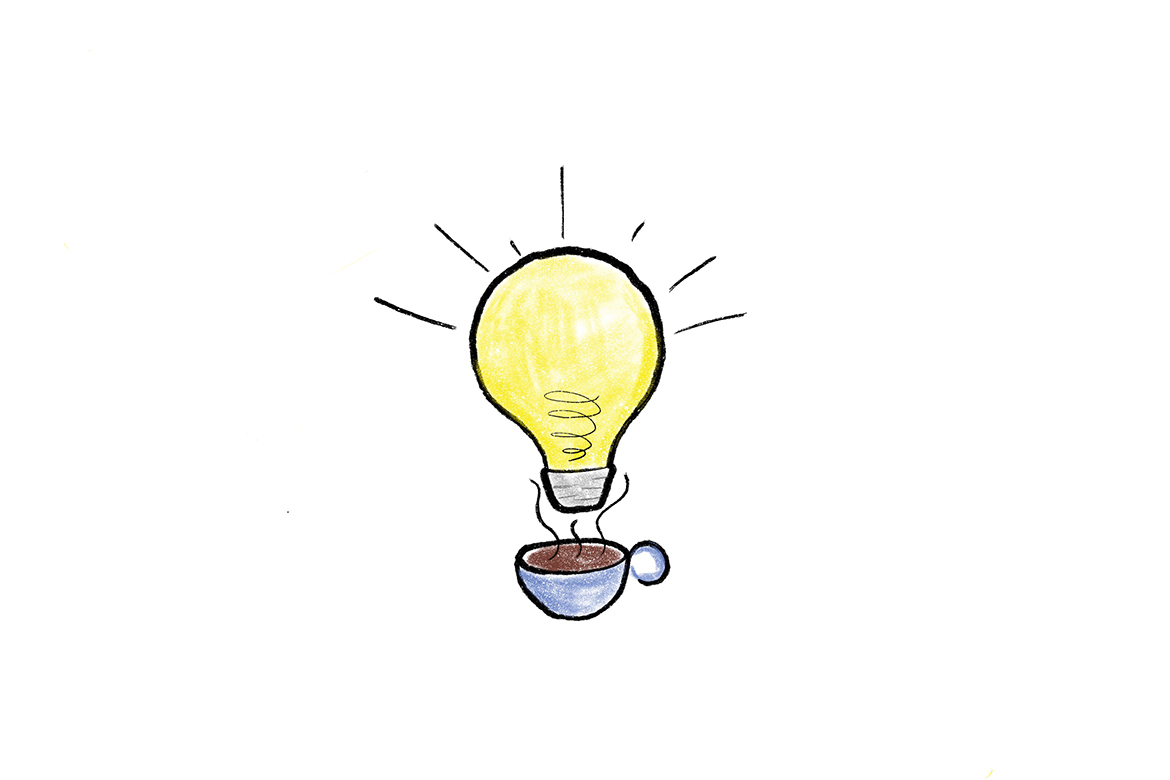 Drinking coffee can provide a quick jolt of energy, this much we all know. But new research shows that coffee is also an effective medium for absorbing energy, specifically from the sun. Scientists have found a way to use coffee to harness solar power, and it may be a game changer.
Drinking coffee can provide a quick jolt of energy, this much we all know. But new research shows that coffee is also an effective medium for absorbing energy, specifically from the sun. Scientists have found a way to use coffee to harness solar power, and it may be a game changer.
According to Phys.org, current methods for converting solar rays into usable energy involve “the indirect absorption of sunlight, where the efficiency is generally limited as a result of major convective heat losses into the surrounding environment.” One potentially advantageous alternative is direct absorption using a liquid as “both solar energy absorber and heat carrier,” which has the benefit over indirect absorption of less “convective and radiative heat losses,” meaning a more efficient collection of energy. And as you may have guessed, the liquid, in this case, is coffee.
Using the caffeinated cure-all, a group of researchers led by Matteo Alberghini at the Departments of Energy, Applied Science, and Technology and the National Institute of Optics in Italy created a colloid from distilled water, Arabica coffee, glycerol, and copper sulfate. And because they are Italian, the coffee was made with a Moka Pot, though the article states they chose that particular brew method was for the “consistency” and in order to make “student’s coffee,” which allows for “increased caffeine suspension in water.”
After testing the coffee colloid, the researchers found it “showed competitive optical and thermal properties for direct solar absorption” and that it performed “similarly to the traditional indirect absorption technique.”
To be honest, I can’t really understand 99% of what is going on here. If it wasn’t taught in high school Chemistry class 15 years ago, I don’t stand a chance of getting it; my Chemistry knowledge peaks out at hydrogen bonds, and even then I only know that they are the reason you can slightly overfill your coffee cup without it spilling. But while the inner-workings of the science are a mystery to me, what is clear is that using coffee in this way offers an inexpensive, environmentally friendly way of harnessing non-fossil fuel energy. For those more science-minded, more information on how the colloid was made and how it was tested can be found on Phys.org.
Zac Cadwalader is the managing editor at Sprudge Media Network and a staff writer based in Dallas. Read more Zac Cadwalader on Sprudge.
The post Scientists Are Using Coffee To Harness Solar Energy appeared first on Sprudge.

